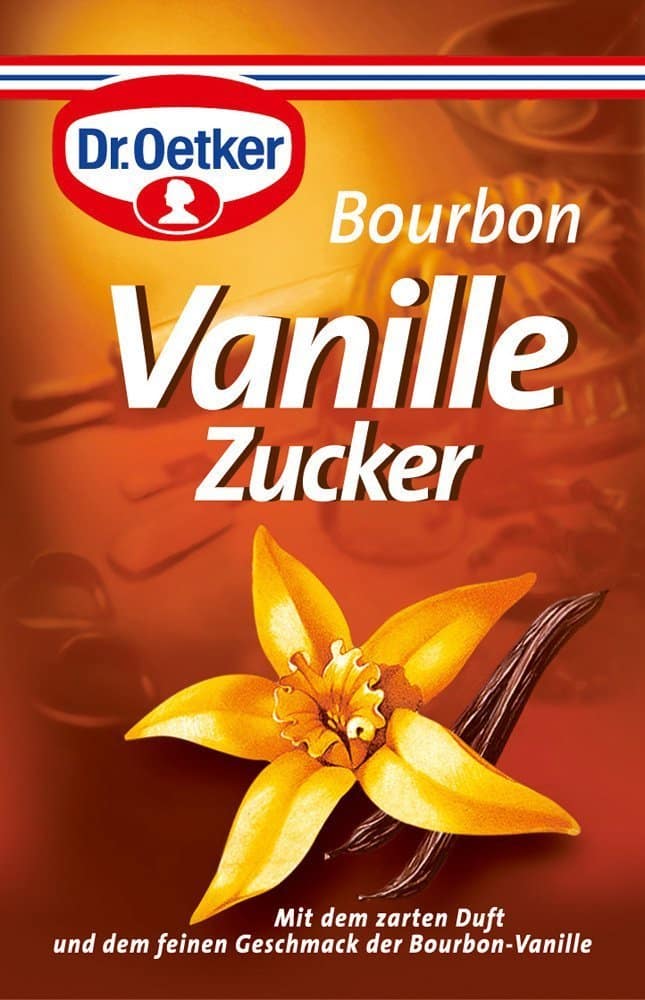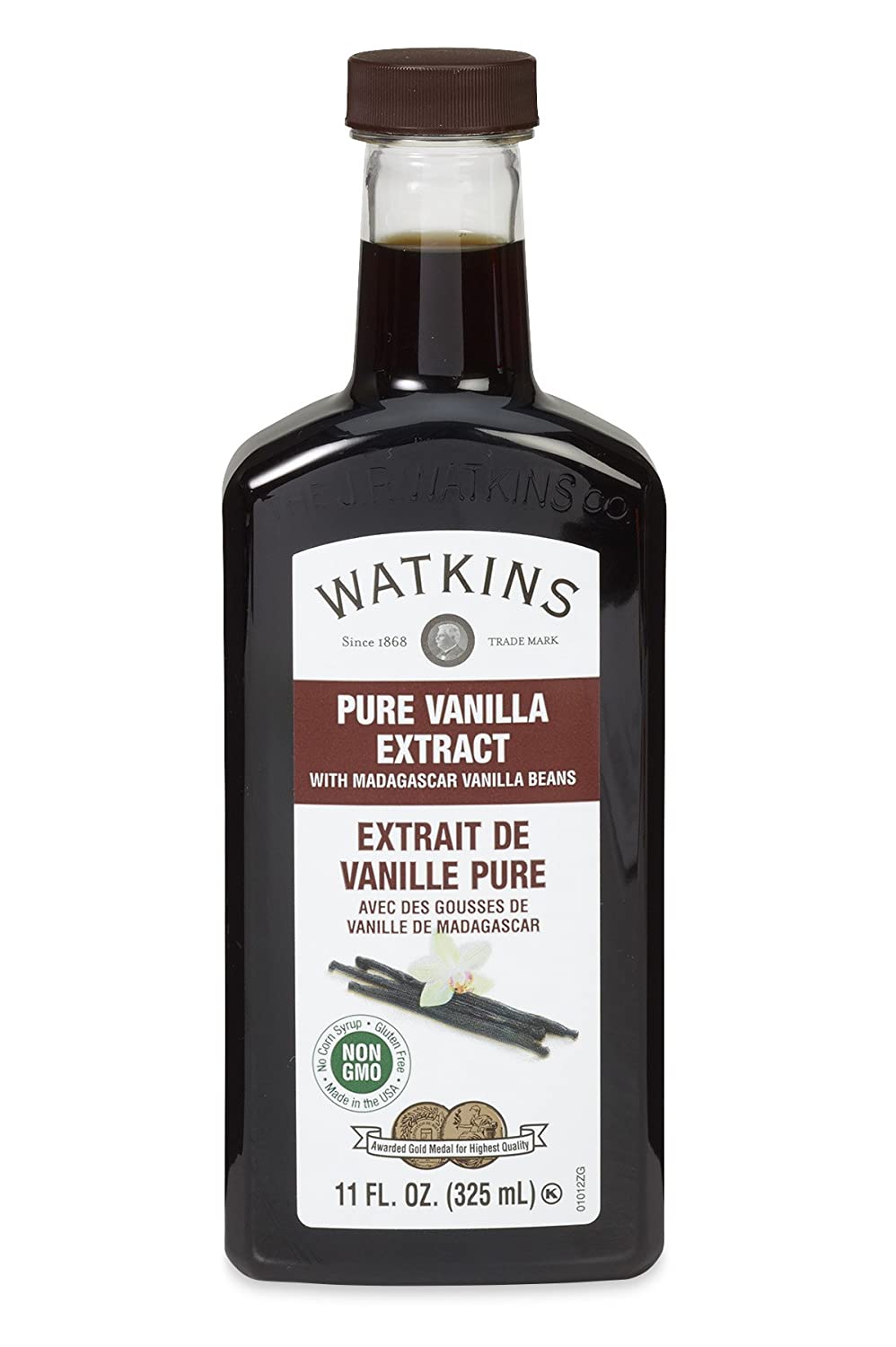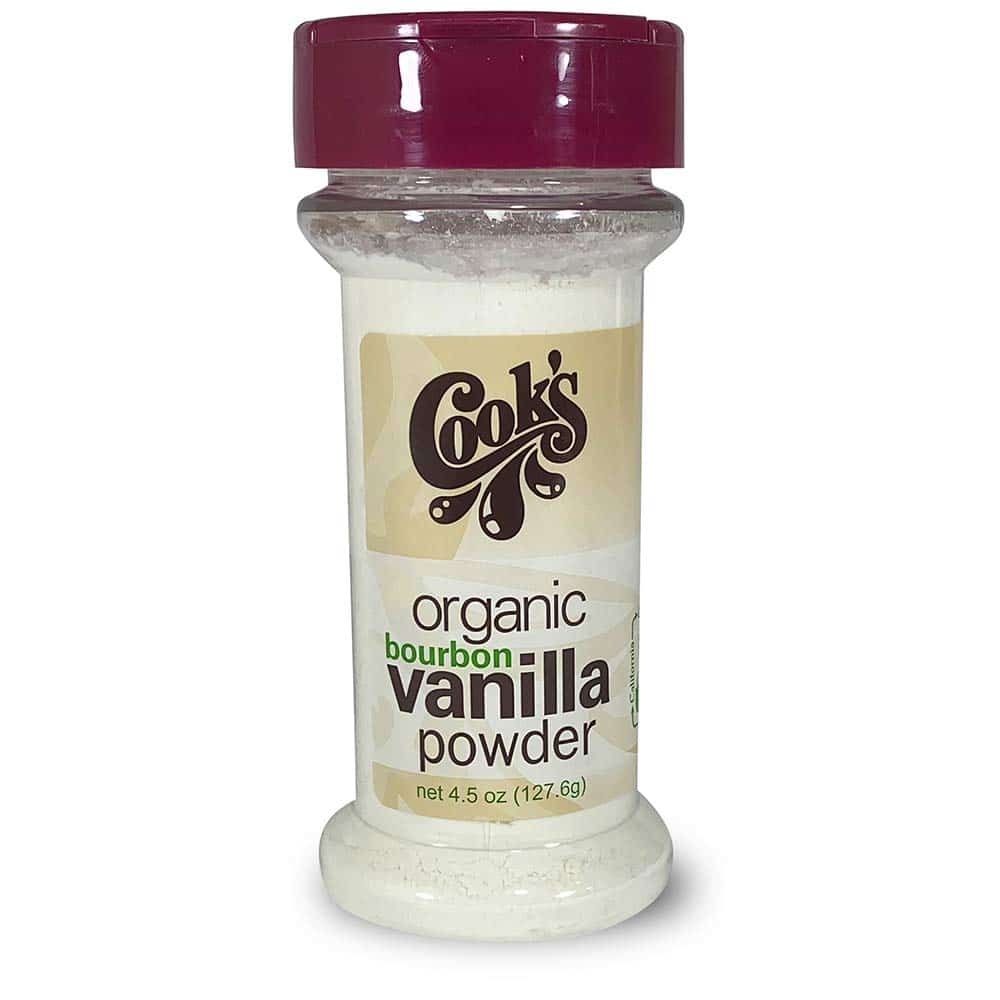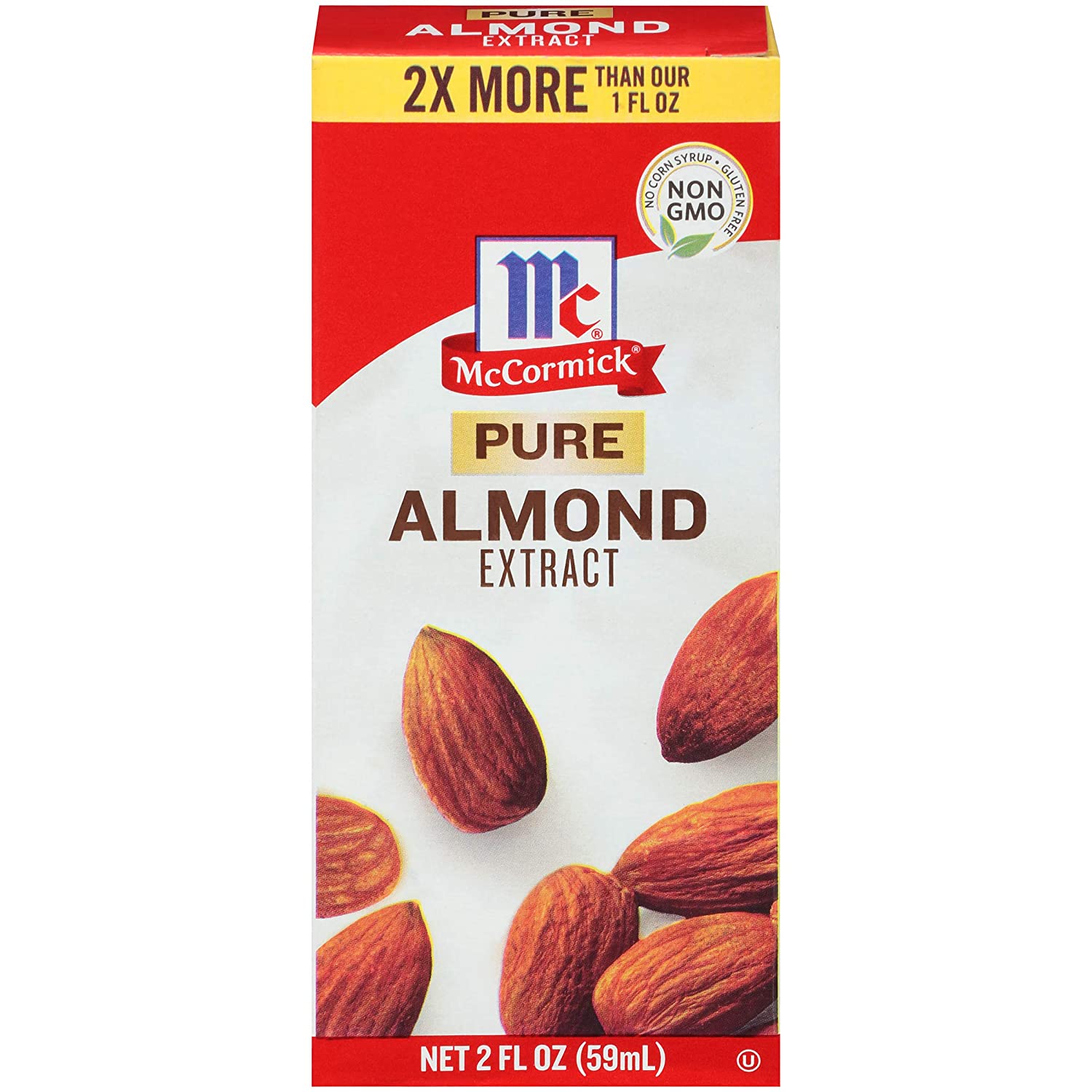Updated on April 9th, 2023
Vanilla beans have been described as the favored flavor. It is a delicious and versatile ingredient cultivated delicately and holds the title of the second most expensive spice after saffron. This cultivation processing of these beans is labor-intensive and time-consuming. After growing the pods for about 3 to 5 years, they have to be hand-picked and immediately processed because they start to deteriorate once picked.
Commercial vanilla beans come from vanilla planifolia, one of over 110 varieties of vanilla orchids. To produce the fruit, the orchid flowers are hand-pollinated at a specific time when the flowers are open during a short flowering period. The fruit is not permitted to fully-ripen since this will cause the beans to split and lose their commercial value.
Some areas produce beans with higher vanillin content, which is responsible for the flavor and aroma. Vanilla orchids are grown in tropic climates, including Mexico, Tahiti, Comoro, Uganda, etc. however, most of the world’s supply comes from Madagascar.
Ready to eat vanilla beans have plump, dark skin pods which are smooth, soft, and flexible. Healthy vanilla beans will release some of their oils when gently rubbed by the fingers. Its aroma is its crown. Vanilla beans have a strong, lush aroma that is second to none and unmistakable. They have a sweet, floral taste with a smoky or woody undertone.
Vanilla beans are of two grades. The Grade A or “premium” vanilla beans are thicker and longer (above 15 cm). “Grade B” beans which are the most common commercial type, have a varying length between 9-14cm and weigh roughly 6 to 8 grams.
The nutritional benefits of vanilla beans are endless, but the most important is their mood enhancement potentials. The warm vanilla aroma enhances mood. This can be likened to the happy, relaxed feeling we get from burning vanilla-scented candles. Vanilla beans are rich in healthy calories, potassium, carbohydrate, and vitamins.
Vanilla Beans Nutrition Facts

Uses of Vanilla Beans
Apart from its unmatched aroma, the dark brown and seedy texture of vanilla beans can add to the beauty of a light-colored dessert. The beans are used to add real vanilla flavor to sauce, frosting, syrup, ice cream, beverages, and various desserts – including liquors. If the beans dry out, they can be rehydrated by simply soaking them in milk or warm water for several hours.
Vanilla Beans Recipes:
- Gourmet Blueberry Vanilla Granola
- Vanilla Creme Brulee
- Fig and Berry Salad with Port-Balsamic-Vanilla Glaze
- Maple Vanilla Custard
- Rum and Vanilla Poached Peaches
- Master Sauce Chicken
- Asian Inspired Salmon
- Luscious Spring Risotto
- Apple and Blueberry Cake
- Salmon with Curried Rum and Vanilla Sauce
- Tin Roof Ice Cream
Substitute for Vanilla Beans
As explained above, this ingredient is costly with a deficient demand-to-supply balance. This is owed to the very demanding cultivation process of the orchid. Furthermore, the storage and cooking process of fresh vanilla beans might not be as easy to others as it is easy to some. Hence, there may be a need for other alternatives that give the same culinary results.
In the following section, I will discuss some of the ingredients that can substitute vanilla beans and, unlike vanilla beans, are readily available. You might even have a couple in your kitchen right now.
Vanilla Extract
This ingredient is produced commercially by macerating and steeping vanilla beans in a solution of water and alcohol. This process extracts the oils and nutrients responsible for the aroma of vanilla beans. This extract is highly concentrated and gives a pungent aroma if used in excess. I tablespoon (about 5ml) of this extract should sufficiently replace I vanilla bean.
This substitute for vanilla beans contains alcohol and is not suitable for people with vanilla allergies.
Vanilla Powder
When vanilla beans are dried and pulverized, they produce is vanilla powder. Unlike vanilla extract, this substitute lacks alcohol and is highly suitable for desserts like pudding and custards. Also, if you are searching for a substitute that would not interfere with your cooking texture, this substitute is best. The vanilla powder would blend into whatever texture you are working with. Use 2tps of vanilla powder to replace one vanilla bean.
Vanilla Sugar

This substitute is a mixture of white sugar and dark grains of vanilla beans. The product looks like regular sugar with dots of vanilla beans granules. Vanilla sugar has an aroma as powerful as vanilla beans. This is a great substitute in very sweet recipes; however, the other sweet ingredients in your recipe must be checked to avoid disproportional sugar levels in your baking. 1-2 teaspoons of vanilla sugar equal I vanilla bean.
Vanilla Paste
Of the entire substitute to vanilla beans, this is the closest. Vanilla paste is produced from scraped-out grains of vanilla beans and binders of some sort. Like vanilla beans, this substitute adds brown, grainy goodness to your dish. Use half as much vanilla paste as you would vanilla beans.
Almond Extract
For baking, almond extract is comparable to vanilla extract. It possesses the same nutty effect you would get from vanilla beans and is just as sweet. Although the aroma doesn’t match the substituted, almond extract s a perfect substitute for those with vanilla allergies. Use as much almond extract as you would vanilla extract.
Maple Syrup
Maple syrup has a nutty flavor that can be compared to vanilla. But this substitute is not as sweet as vanilla and has a different texture. However, it is a great substitute for those who have vanilla allergies. Replace with a 1.5:1 ratio maple syrup to vanilla beans.
Frequently Asked Question [FAQs]
Can I grow vanilla beans at home?
Yes, you can. But you should be aware that this plant doesn’t do well in low-light conditions. Vanilla bean plants do well in an environment with warm temperatures, bright sunlight, and high humidity. Be prepared for the tasking pollinating and harvesting processes.
How long vanilla beans last in Vodka?
Vanilla beans can last for up to 12 months in Vodka. However, the minimum time is 8 weeks. Ensure that the container is airtight.
How do you know if vanilla beans are bad?
When the beans become moldy, even in dry condition, then you know they are bad.
Conclusion
The aroma and taste of vanilla beans give dishes can never be matched. However, if you seek an alternative based on scarcity of the beans or health (allergies) issues, consider the substitutes listed above. Be sure to check for their similarities and differences with vanilla beans to adjust other ingredients or cooking processes.





